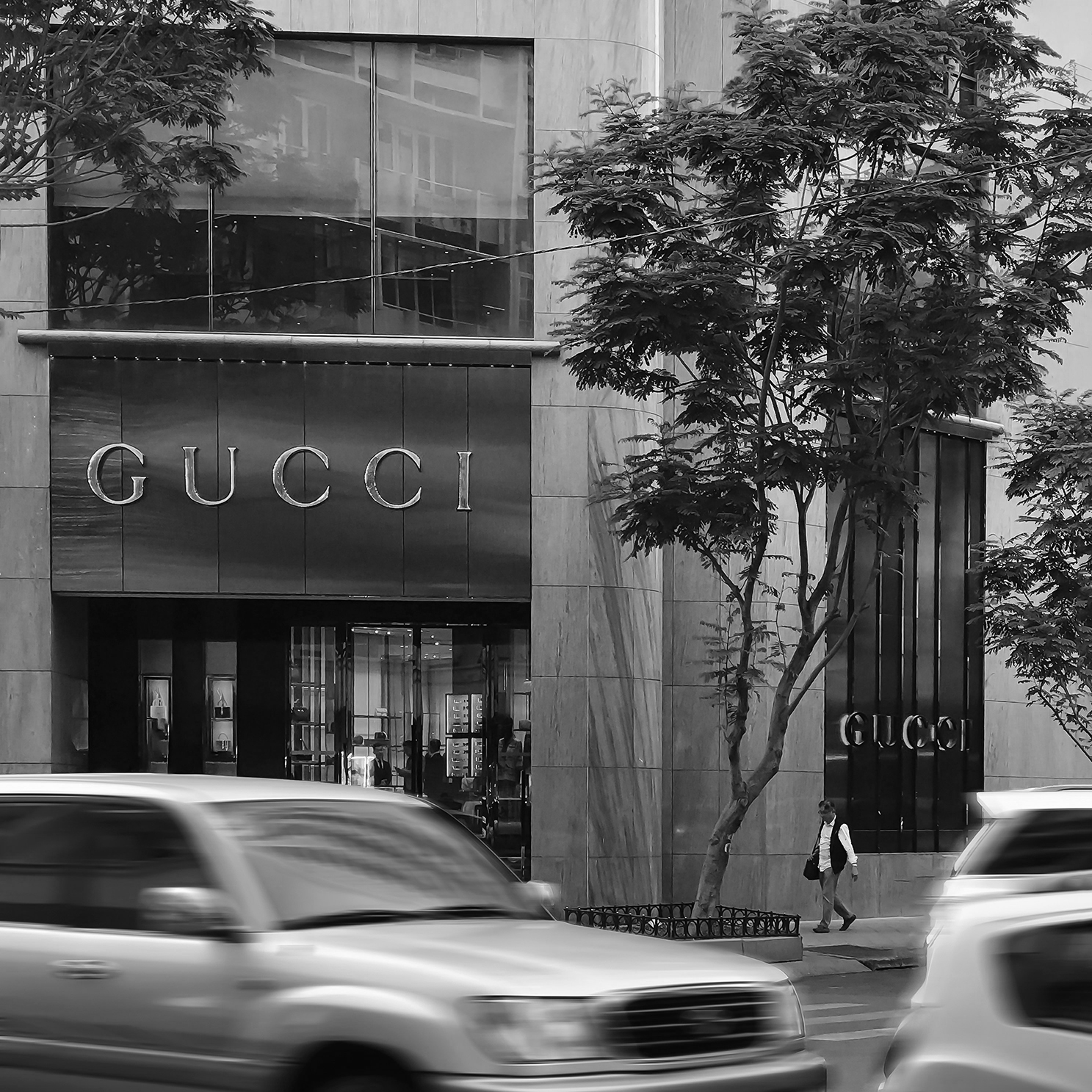Few names in fashion carry the weight and wonder of Gucci. It’s a house that has redefined luxury time and again — from Tom Ford’s provocative ’90s glamour to Alessandro Michele’s wildly creative, maximalist era. But recently, the once-dominant brand has seemed quieter. So, what exactly is happening to Gucci? And will we see its resurgence?
From Peak Hype to Market Shift
Between 2015 and 2019, under Michele and CEO Marco Bizzarri, Gucci exploded into the cultural mainstream. Bold prints, vintage flair, and gender-fluid collections made the brand irresistible to Millennials and Gen Z. Revenues soared, social media buzz was constant, and Gucci became a fashion powerhouse.
But by 2022, signs of fatigue emerged. Tastes were shifting toward quiet luxury — think clean lines, understated elegance, and logo-free sophistication. Michele’s whimsical aesthetic no longer matched the mood of the market, and sales began to soften.
Kering, Gucci’s parent company, responded swiftly. Michele exited in late 2022, and Bizzarri followed in 2023 — a clear signal that change was coming.
The New Vision: Sabato De Sarno Takes the Reins
Gucci’s next chapter now rests with Sabato De Sarno, a designer with a strong but understated background at Valentino. His first collections, launched in 2024, took Gucci in a more refined direction: sleeker silhouettes, elevated basics, and a renewed focus on craftsmanship over theatrics.
The response? Mixed. Some critics applauded the elegant simplicity, while others missed the flamboyance that had become synonymous with Gucci’s identity. But what’s clear is that De Sarno is playing the long game — aiming to rebuild desire through subtlety and timeless appeal rather than trend-driven hype.
Can Gucci Rise Again?
Gucci’s current slowdown isn’t a collapse — it’s a reset. And in luxury fashion, these cycles are not only normal but necessary. The likes of Dior, Burberry, and even Saint Laurent have all experienced reinvention phases, often emerging stronger and more relevant than before.
Gucci still holds enormous brand equity. Its archives are rich, its global footprint is vast, and its potential for reinvention is proven. With a refined creative direction, a focus on heritage pieces, and smarter engagement with luxury buyers (especially in Asia and the Middle East), Gucci could well be preparing for a quieter, more sophisticated comeback.
Final Thoughts
Fashion is cyclical, and Gucci has shown its resilience before. While the brand’s voice may seem softer today, don’t mistake that for weakness. The shift away from maximalism may be exactly what the brand — and its customers — need.
Will Gucci rise again? Most likely. But this time, it might not roar — it might whisper. And in today’s luxury landscape, that whisper could speak volumes.


